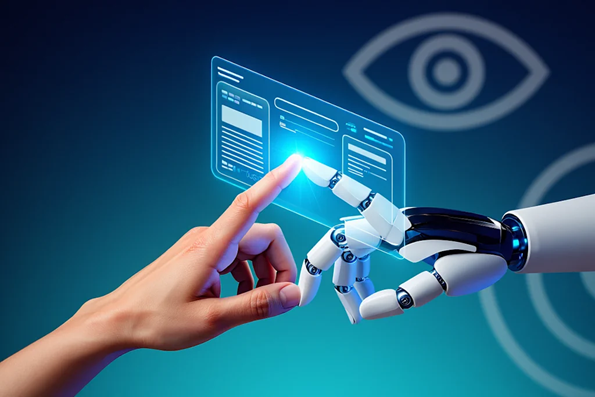In the last few years, artificial intelligence has started to play a big role in art and digital content creation. Tools like ChatGPT, DALL·E, and Midjourney make it easy for anyone to generate texts, images, music, and videos just by typing a few words. These tools are fast, powerful, and easy to use. But they also bring up many legal questions, especially about copyright.
One main question is: who owns the rights to something made by AI? Normally, copyright laws are meant to protect creative work made by people. The law says that to get copyright, a work needs to be original and must be created by a human. But when a work is made completely by an AI system, with no meaningful human input, things get complicated.
If a person types a short prompt and an AI generates a full image, who is the author? Is it the person who gave the instruction, the developer who built the AI, or no one at all? In many countries, if a work is created only by AI, it does not qualify for copyright. This means anyone can use it, copy it, or share it without asking permission.
This creates uncertainty for people who use AI tools in creative ways. If they don’t have copyright, they can’t stop others from copying or selling the same content. This is a problem, especially for artists, designers, or writers who use AI as part of their process.
Still, there are cases where the human input does matter. If someone gives detailed instructions, makes changes to the result, or combines AI outputs with their own work, their role may be seen as creative. In those cases, they could be recognized as the author, and the work might be protected under copyright.
Another issue is that most AI-generated content is digital. There’s no physical version, no signature, and often no clear record of who made it or when. That makes it harder to prove authorship or protect rights.
Meanwhile, the use of AI in creative industries keeps growing. Many artists and professionals are experimenting with these tools. They can save time, explore new ideas, or try different styles. For example, musicians can use AI to create melodies, and writers can use it to brainstorm or draft stories. But at the same time, some worry that AI will replace human jobs. Companies might use AI-generated content to cut costs instead of hiring real creators.
There’s also the question of how AI is trained. AI systems learn by analyzing huge amounts of data from the internet, including text, images, music, and more. A lot of this data comes from copyrighted works. Many creators say their work was used without permission. They worry that AI models are copying their style or content and giving it to others for free. This has already led to lawsuits and debates about fair use, plagiarism, and the rights of original authors.
Governments and legal experts are now discussing how to deal with these problems. Some people think that developers of AI tools should get copyright for what their systems produce. Others suggest giving copyright only if a human plays a big role in shaping the work. There are also proposals for creating a new kind of copyright, just for AI-generated content.
No country has found the perfect solution yet. Different places are trying different approaches. Some are waiting to see how courts handle these questions. Others are working on new laws. But one thing is clear: copyright rules will need to change. The world of creativity is evolving, and the law must evolve too.
The goal is to find a fair balance. We need to protect human creativity and give credit to people who make original work. At the same time, we should not block progress or stop people from using new tools. AI can help creators, but it should not replace them or take away their rights.
In the end, this is not just a legal issue. It’s also about how we think of art, creativity, and value in the digital age. Who gets to be called an “author”? What counts as original? How do we respect both human effort and technological tools?
These are big questions. And they will shape the future of art, media, and communication for years to come.
By Cristian Credidio
